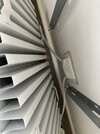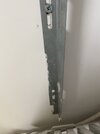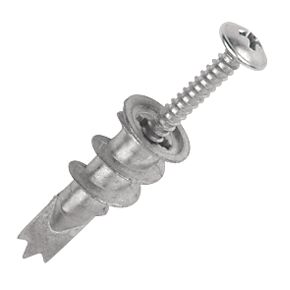Hi, am planning on replacing a single radiator in my new build (ish) property. One of the bedrooms has 2 x windows, and a single radiaor of 450mm x 600mm and just doesn't seem to get it warm enough due to 2 x windows. Room is approx 3 x 3 ish but has 2 x windows and exposed to SW winds. I assume i can simply turn lockshield off one end, TRV off at other end, and then check they are holding by loosening bleed screw and make sure not a constant flow, before taking off at the radiator tails and putting double radiator on (hoping to find one with similar mounts as it is flexi pipe and doesn't have much play and don't want to be drilling new holes for rad mounts). Sorry there is a question in here! In order to fill up radiator after replacment, can i use a funnel on one top side of the radiator once installed to pour in water? I am paranoid about getting an air lock and thought maybe would help and then once i have put as much in manually this way, i can top it up using the filling loop / bleed etc, before turning on heating.
Thanks
Thanks








